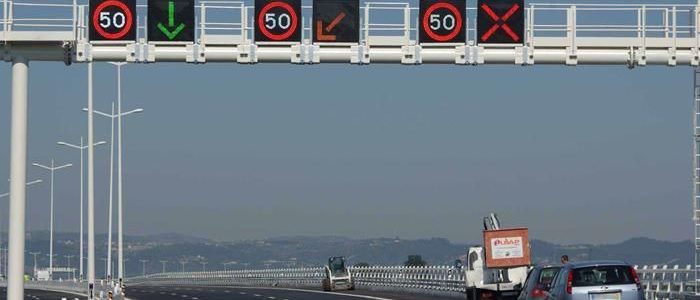Variable message signs (VMS) are electronic boards that display warnings, information and messages about specific events. These signs are used to inform road users of upcoming hazards and conditions. These signs are part of the Parking Guidance and Information System, a comprehensive system to manage traffic in modern cities. Among its many applications, VMS warn of accidents, including time and location of the incident, and alert drivers of traffic congestion and route modifications. They also assist in identifying traffic infringements and speed limits.
Among the many applications for VMS signs, they can inform road users about work, diversion due to road work, or parking guidance systems. Variable message signs can be found in a variety of locations and are used to alert people of upcoming events. The technology behind VMS signs was developed in the United States, although other countries were slower to adopt it. They were first deployed in Ontario in the 1990s, and they are currently controlled by local authorities.
While some VMS models use neon tubes, others rely on LEDs. The LED signs over the Illinois State Route 390 convey information about remaining travel times. Both types of VMSs have their benefits. One is that they last for many years with relatively little maintenance, and the other is highly portable. In addition to this, VMS are highly versatile. They can be placed anywhere along a highway or on a bridge. Moreover, their flexibility allows them to be custom-made, adding to the value of the signage.
Variable message signs can be portable or permanently installed, and they are often controlled from a traffic management centre. They can be used to display important traveler information messages, such as traffic congestion warnings or terrorist attacks. They can also direct drivers to available parking spaces. The signs can also be set to post traffic-calming messages, limit the speed of vehicles, and display general safety messages. The messages displayed on variable message signs can change in response to changing conditions.
The legibility distance (LD) of a sign is the distance at which drivers can easily read it. The distance from a sign to a driver’s eye is directly related to the design of the sign and the person reading the message. For highway signs, the legibility distance is generally longer during the mid-day hours when the sun is directly overhead. Similarly, the distance at which a driver can read a DMS is shorter when the sun is on the horizon or when the sign is lit by night.
Another reason VMS makes sense is because they are universally understandable, easy to install, and relatively inexpensive. They reduce driver distraction and are more effective for primary routes and high-traffic corridors. However, VMS costs can vary greatly based on how many signs are installed, mounting structures, and infrastructure in the area. The cost of portable VMS, however, is relatively low. And while VMS is not as effective as static highway signs, they can help to improve road safety.
